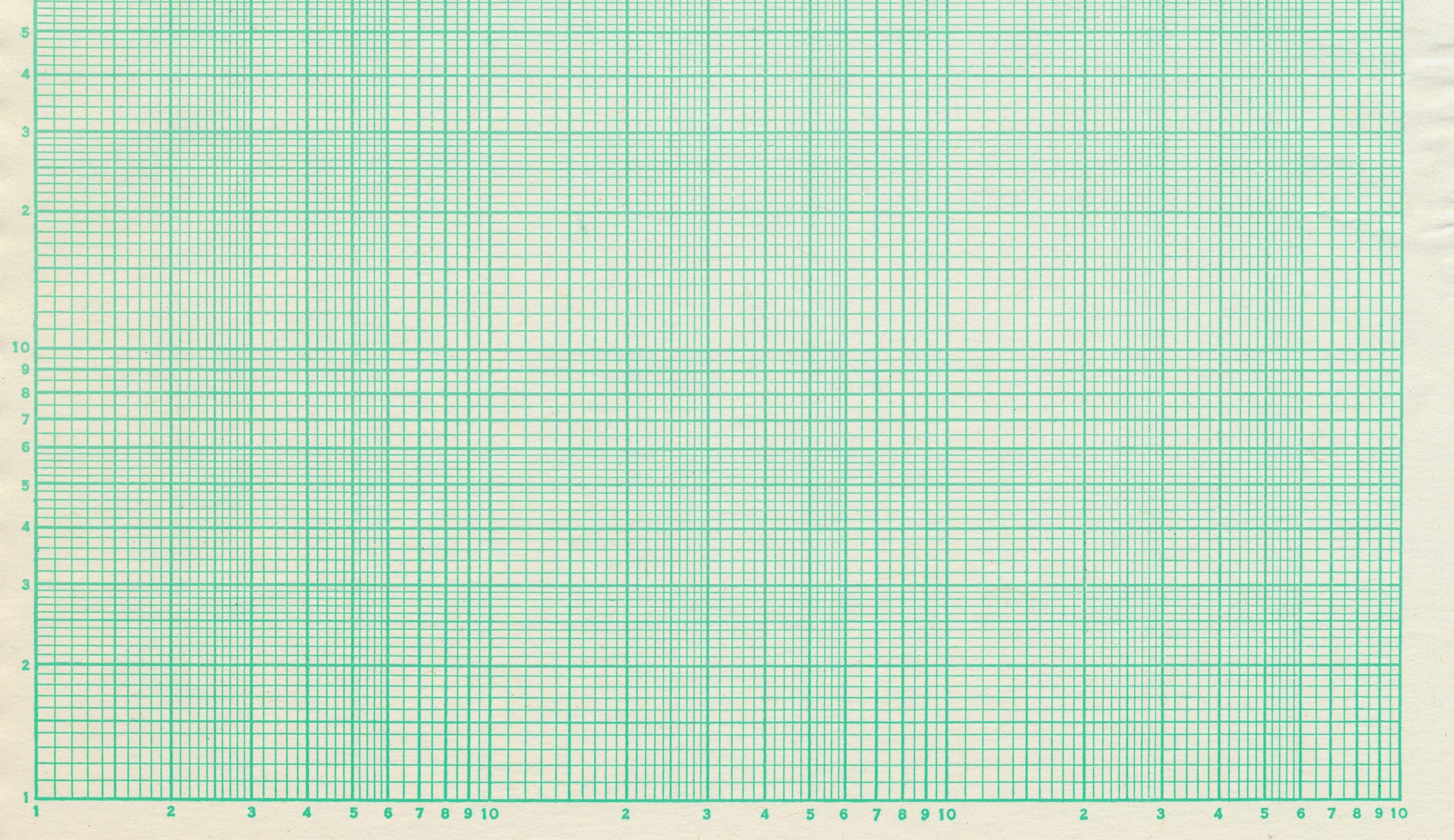
In physics we often need to deal with quantities that are both very large and very small. If you look at the wavelengths for radio communications listed in Table 1 you can see that they vary over a wide range.
We cannot sensibly draw a graph with such a wide range of values using a linear scale. If we plot a simple graph of the wavelengths of some of these channels, the bars for the shorter wavelengths are too small to see because each division represents 20 m (Figure 1). But if we change the y-axis to a logarithmic scale, on which the values multiply by 10 for each division (Figure 2), then we can see that the wavelength for a remote car locking is 100 times the frequency used for a police speed radar.
Your organisation does not have access to this article.
Sign up today to give your students the edge they need to achieve their best grades with subject expertise
Subscribe




